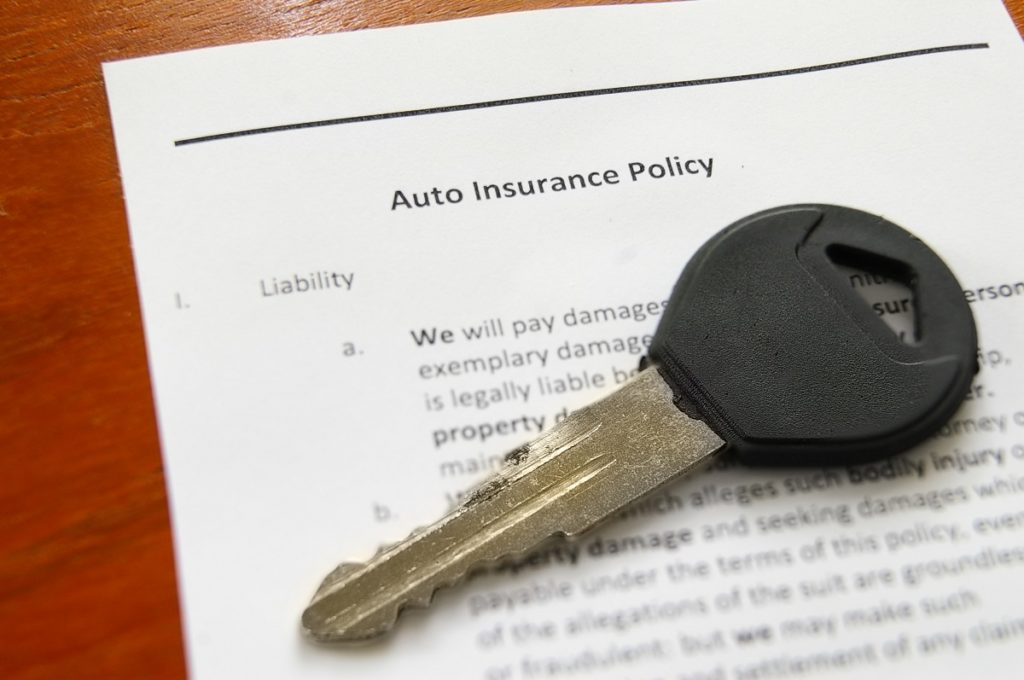Auto insurance serves more than a legal prerequisite when operating a vehicle. It also helps to defray the substantial costs related to accidents and other things that might destroy your car and increase your medical expenses. There are two broad classifications of auto insurance: first and third-party insurance. The car owner who contracts the insurer is the first party, while the owner of the property damaged by a policyholder is the third party.
Third-party insurance from an Aurora-based car insurance agency is the minimum coverage required in nearly every state. This covers property damage or bodily injuries caused by a policyholder. First-party insurance will cover the policyholder and his/her passengers in an accident. Here are your first-party auto insurance options:
Collision Insurance
This guarantees that your car will be replaced or repaired if you are involved in an accident, regardless of who is at fault. Collision insurance covers are based on a deductible. This means that there will be a specified amount that you will be required to pay before your insurer steps in to offset other repair or replacement costs.
Having a high deductible typically means that an insurer will offer low premiums to you. You should nonetheless settle for a deductible that you can comfortably manage to pay. Most car loan lenders will also require the purchase of collision coverage to protect them should anything happen to the car before you pay your loan in full.
Comprehensive Insurance
This will repair or replace your vehicle and the personal effects in it when they get damaged or lost because of vandalism, natural disasters, and theft. The comprehensive insurance also features a deductible and is required by most lenders if you buy your car using a loan. It, however, offers more coverage for your vehicle compared to the collision insurance if the damage is not caused by accident. It is also cheaper than the latter.
Under-insured or Uninsured Insurance
This pays for your vehicle’s damage and your medical costs if you are in a car crash and the driver at fault escapes or is uninsured. The under-insured/uninsured coverage is broader compared to most disability and health policies and is inexpensive. Most insurers will only allow the purchase of this insurance up to a set bodily injury limit, and it is prudent to settle for the maximum allowed limit.
Medical Payments Coverage

This coverage meets a policyholder’s medical and funeral costs and those of his/her passengers in an accident. A few insurers will extend their coverage to include lost earnings and damages. The medical payments coverage is generally lower compared to the underinsured/uninsured cover. It is mostly a legal requirement in no-fault states.
These first-party insurance types are not mandatory, unlike third-party covers. As such, most car owners will forego them to save money. Auto insurance is, however, the last place where you want to cut back on expenses. One car accident or mistake could easily wipe out your life’s savings without insurance even if you are not at fault. First-party coverage is hence essential for all car owners.

